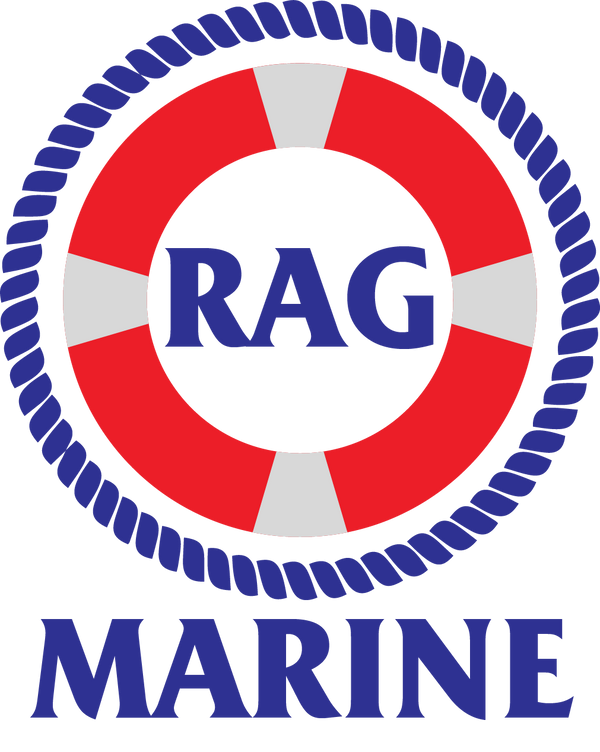Navigate with Confidence: Garmin Navionics Vision Plus Cartography
Share
In this Garmin Navionics Vision+ cartography guide, we will explore the different types of maps and chart options available to you. We'll also provide some tips on how to get the most out of your Garmin Navionics Vision+ system. With so many options available, it can be tough to know where to start. But don't worry, we'll help you make sense of it all. So read on for everything you need to know about Garmin Navionics Vision+ cartography.
The Different Types of Garmin Navionics Vision+ Cartography
There are four different types of Garmin Navionics Vision+ cartography: vector, raster, topographic, and nautical. Each type has its own unique benefits and drawbacks, so it's important to choose the right one for your needs.
Vector cartography is the most detailed and accurate type of Garmin Navionics cartography. It uses a database of GPS coordinates to create a detailed map of an area. Vector maps are constantly updated as new GPS data is collected, so they're always accurate. However, they can be slow to load on slower computers, and they're not always available for every location.
Raster cartography is less detailed than vector cartography but can be faster to load. Raster maps are created by scanning existing paper maps and then digitizing them. They don't include as much detail as vector maps, but they can be useful when traveling in areas where vector maps aren't available.
Topographic cartography combines vector and raster data to create a more detailed map than either type alone. Topographic maps include elevation data that can be used to plan hikes and other outdoor activities. However, they can be slower to load than either vector or raster maps.
Nautical cartography is similar to topographic cartography but includes additional information specific to boating and other water-based activities. Nautical charts show things like depth contours, buoys, and other aids to navigation. They can be very helpful when planning a
Pros and Cons of Garmin Navionics Vision+ Cartography
There are many different types of cartography available on the market today, and Garmin Navionics is one of the most popular.Vision+ Cartography is a newer product from Garmin that offers several advantages over other products on the market. However, it also has some disadvantages that you should be aware of before purchasing.
PROS:
-The biggest advantage of Vision+ Cartography is that it offers extremely high-resolution images. This means that you can see more detail when you are looking at maps on the device.
-It also has a very user-friendly interface that makes it easy to use for even beginner users.
-Another great advantage is that it comes with free updates for life. This means that you will never have to pay for map updates again after you purchase the product.
CONS:
-One of the biggest disadvantages of Vision+ Cartography is its price tag. It is one of the more expensive options on the market today.
-Another downside is that it does not offer as many features as some of the other products on the market.
-Finally, some users have complained about customer service issues with Garmin in general.
How to Use Garmin Navionics Vision+ Cartography
If you're a boater, chances are you've heard of Garmin's Navionics products. Navionics produces electronic charts for GPS units, and Vision+ is their newest product. The Vision+ offers high-resolution satellite imagery, nautical charts, and even 3D views of marinas and harbors.
If you're looking to buy a GPS unit for your boat, or if you already have a Garmin unit and want to add Navionics charts, here's a quick guide on how to do it.
First, you'll need to purchase the Navionics Vision+ chip. You can find these online or at marine electronics stores. Once you have the chip, insert it into your Garmin unit.
Next, open the Garmin Homeport software that came with your unit. Select "Add a new chart" and then choose "Navionics." Select the region you want to add charts for (North America, South America, Europe, Asia Pacific, etc.) and then click "Install."
The software will download the latest chart data from Navionics servers and install it on your Garmin unit. Once it's finished, you'll be able to see high-resolution satellite imagery, nautical charts, and 3D views of marinas and harbors right on your GPS unit.
